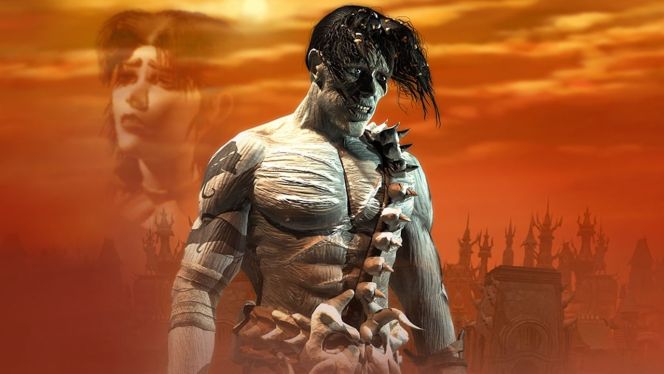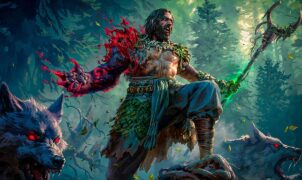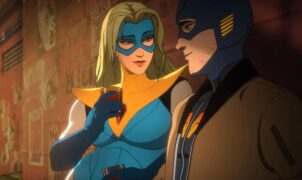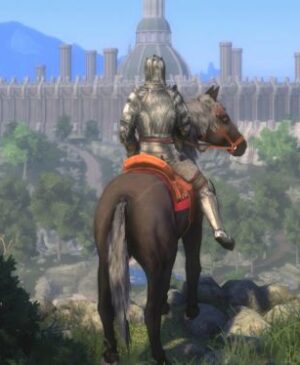Although the game is now considered a classic, there was no straight line between its conception and execution…
PCGamer did a retrospective on the development of Planescape: Torment, and several developers who worked at Interplay at the time have spoken out. Among them was Eargus Urquhart, who has since become CEO of Obsidian. We have to go back to 1996, 1997, when the company was known not only as the publisher of Baldur’s Gate, but also for Fallout, which was made in-house. They were joined by Planescape: Torment. Urquhart was the head of Interplay’s RPG division, which eventually became Black Isle Studios.
“I was just trying to figure it all out, and I noticed that there were three Planescape projects that all had about four people on them. I said, ‘Okay, we need a game that we can actually make without having to invent new technology. We’re going to use the Baldur’s Gate engine, and we’re going to differentiate ourselves by having a character that’s not just a generic character, and we’re going to reinforce that by zooming in on the camera,” Urquhart says.
Yes, THREE Planescape projects at once! The second was never revealed, and the third was to be a fully 3D dungeon crawler with an interior view, taking advantage of the then-revolutionary 3D accelerator cards (such as a 3DFX Voodoo; yes, back then you needed a graphics card AND a 3D accelerator card!) However, most of Interplay’s resources went into the ultimately unmade sequel to 1995’s Stonekeep, allowing more new developers to try their hand with great creative freedom. Some of them had no knowledge of the Planescape world prior to working on this game. One of them was Tim Donley, lead artist on Planescape: Torment. When Urquhart approached him, he thought, “Planescape? What the hell is that?”
Donley also talked about how Chris Avellone, lead designer on Planescape: Torment, was initially a mystery to the Black Isle team. While that game became one of the first canonical D&D video games, Avellone’s first project didn’t go very well. He had a room down the hall, but he kept the door closed, and the studio didn’t know much about him. All Donley knew about him was that he was working on Descent to Undermountain.
Donley also singled out Eric Campanella as one of Interplay’s “Dirty Dozen”. He created and animated many of the characters in Planescape: Torment, although his experience was limited to 2D art elements, not the 3D modeling that was the basis for the game’s sprites. Dennis Presnell (now working on Avowed at Obsidian), a self-described college dropout, gained experience with digital art tools by pushing buttons to see what they did… Finally, the team traveled to BioWare’s Edmonton headquarters to be introduced to Planescape: Torment. As they walked through the opening in-engine scene, BioWare CEO Ray Muzyka asked one of the programmers how they were able to have so many frames of animation, but how did the game look so good?
So it was a complex story, but at least it ended well!
Source: PCGamer
















Leave a Reply